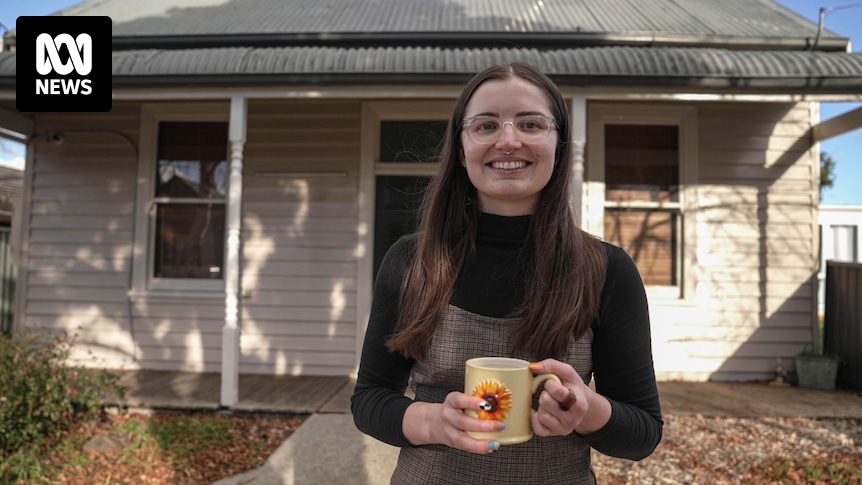Australian homes are notoriously cold in winter — draughty, with poor insulation, thin glass and inadequate heating. But there’s a growing movement of people retrofitting their homes to make them cheaper to run and more comfortable year-round, while also reducing emissions.
Just a point of note about insulation.
It works both ways.
If you seal up your house to keep it warm overnight, keep in mind that if it’s warmer outside the next day, that same insulation will keep that warmth outside and things cooler inside.
I did an experiment by applying bubble wrap to windows as a cheap, removable insulation layer. My conclusion was that it works, but it is probably more useful if you are actively heating/cooling.
It’s not as useful for passive heating/cooling, as it stopped you opening windows to take advantage of the better outside temperatures. Eg, in summer it would keep the room a bit cooler during the day, but it would stay warmer at night. In winter, it would be the opposite; it would be warmer at night, but be cooler during the day.
The cheapest way to stay warm is to only heat the person, not the room. Beanie, ugg boots and an electric throw rug will keep you toasty warm and cost relatively little. I got a cheapy electric throw from kmart that I don’t know how (or why!) I ever lived without it! And I don’t need AC/heating at all during winter any more…
bubble wrap is not so good in hot situations - great in cold because thermal break, but heat is radiant and those little air pockets just catch sunlight and heat up.
deleted by creator
deleted by creator
Another thing to try for windows is to make a second layer for the window frame out of flyscreen moulding and some clear plastic. It’s a more expensive method than bubble wrap but looks better and has the benefit of being able to see through it easily. I haven’t really quantified how much of an effect this makes but with the windows I did this for there was a noticeable decrease in condensation on the glass so there is definitely some reduction in thermal transfer.
You can buy the aluminium profile, corner joiners, and matching rubber stripping used for making flyscreens in a hardware shop, as well as clear plastic in rolls (or lengths thereof). With this you make a frame that snugly fits into the window surround - ideally placing the plastic within a cm or so of the glass. You’ll need a hacksaw or something else to cut the aluminium, ideally a combination square to help with marking 45 degree angles, and I did find the little roller tool sold to help insert the stripping was useful.






